Montecito Heights
Hello!
Welcome to Montecito Heights, California
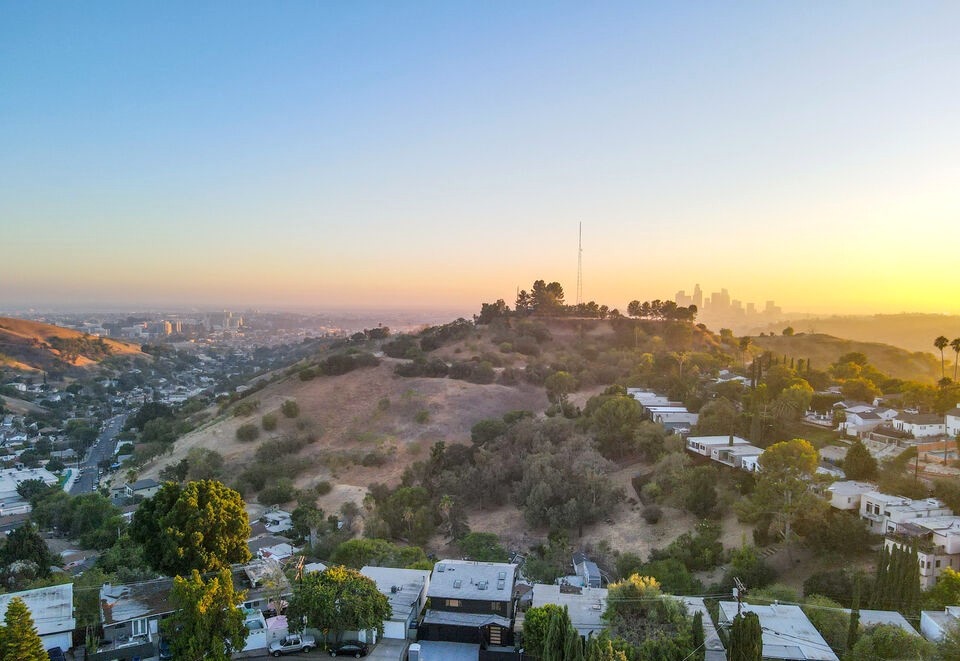
A breathtaking oasis steps from the concrete jungle of DTLA. Beautifully preserved nature, rolling hills, and million-dollar views make Montecito’s Heights a truly enriching neighborhood to live in. North East LA’s newest hot spot. Some call it the “Topanga Canyon” of the Eastside.
The community of Montecito Heights, located between Los Angeles and Pasadena overlooking the Arroyo Seco River, boasts huge tracts of open wilderness areas, historic homes and magnificent views. This picturesque district possesses a rich history as one of the oldest and most fascinating sections of Los Angeles. The Arroyo Seco River, once lush and vibrant (and the subject of vigorous revitalization efforts), became a guide to the padres as they traveled the Old Monterey Trail from the San Gabriel to the San Fernando Mission. In the 1880s, a small settlement sprang up along the Arroyo Seco River, and the Old Monterey Trail eventually became a route of the Santa Fe Railroad. Currently, the Arroyo Seco Bikeway Project proposing a toll-road restricted to bicycles connecting Pasadena to downtown Los Angeles, seeks to create a “serious alternative to motorized commuting, designed to attract people of all ages and abilities”.
Montecito Heights Community
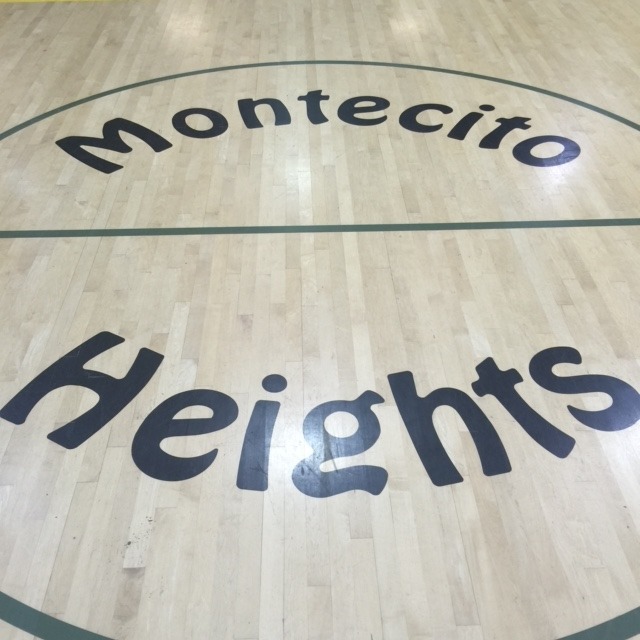
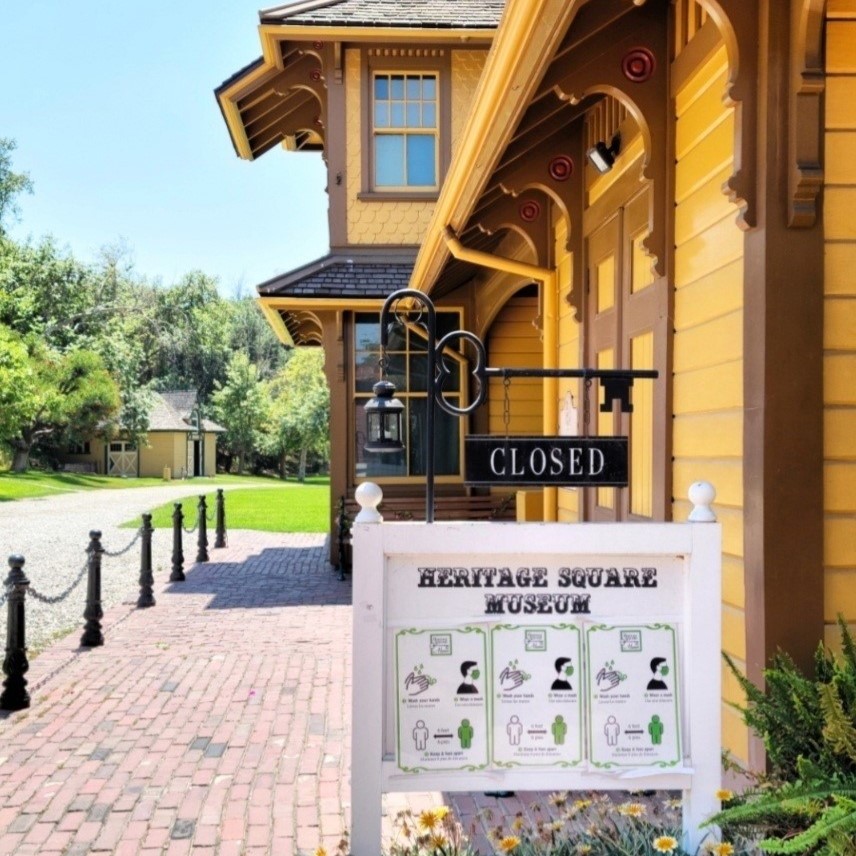
Heritage Square – Heritage Square – is a “living history museum” that was created to preserve structures that were in danger of being destroyed in the face of rapid, urban expansion in The Bunker Hill area of Los Angeles.
Heritage Square Museum explores the settlement and development of Southern California during its first 100 years of statehood. The eight historic structures located at the museum, constructed during the Victorian Era were saved from demolition and serve as a perfect background to educate the public about the everyday lives of Southern Californians from the close of the 19th Century into the early decades of the 20th Century. From the simplicity of the Longfellow-Hastings Octagon House to the opulence of the William Perry Mansion, the Museum provides a unique look at the lifestyles of the people who contributed so much to the development of modern Los Angeles.
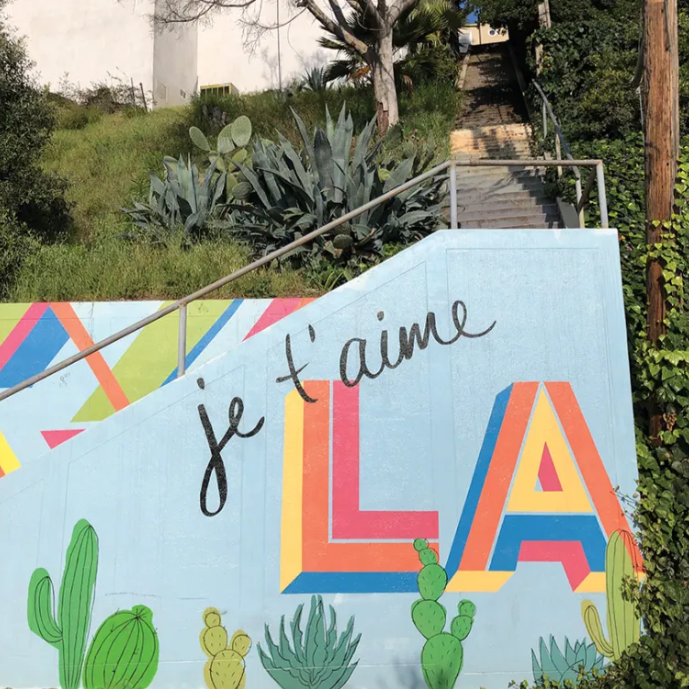

Charles Flemming’s Secret Stairs – Charles Flemming’s highlights the charms and quirks of a unique feature of the Los Angeles landscape, and chronicles the geographical, architectural, and historical aspects of the city’s staircases, as well as of the neighborhoods in which the steps are located. From strolling through the classic La Loma neighborhood in Pasadena to walking the Sunset Junction Loop in Silver Lake, to taking the Beachwood Canyon hike through “Hollywoodland” to enjoying the magnificent ocean views from the Castellammare district in Pacific Palisades, Secret Stairs takes you on a tour of the staircases all across the City of Angels.
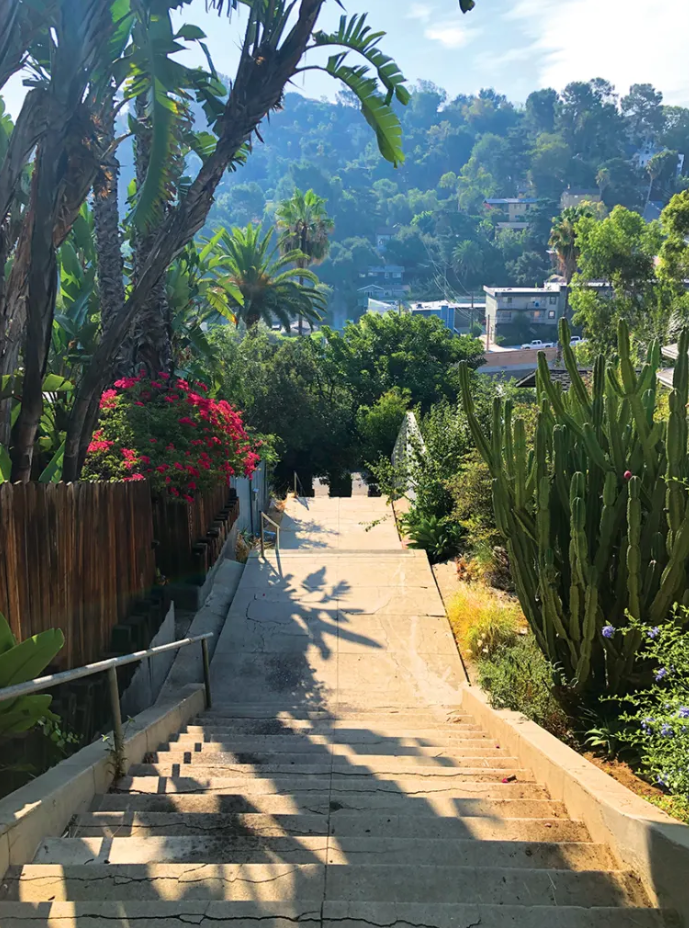
The circular walks, rated for duration and difficulty, deliver tales of historic homes and their fascinating inhabitants, bits of unusual local trivia, and stories of the neighborhoods surrounding the stairs. That’s where William Faulkner was living when he wrote the screenplay for To Have and Have Not; that house was designed by Neutra; over there is a Schindler; that’s where Woody Guthrie lived, where Anais Nin died, and where Thelma Todd was murdered.
Despite the fact that one of these staircases starred in an Oscar-winning short film—Laurel and Hardy’s The Music Box, from 1932—these civic treasures have been virtually unknown to most of the city’s residents and visitors.
Now, Secret Stairs puts these hidden stairways back on the map, while introducing urban hikers to exciting new “trails” all around the city of Los Angeles.
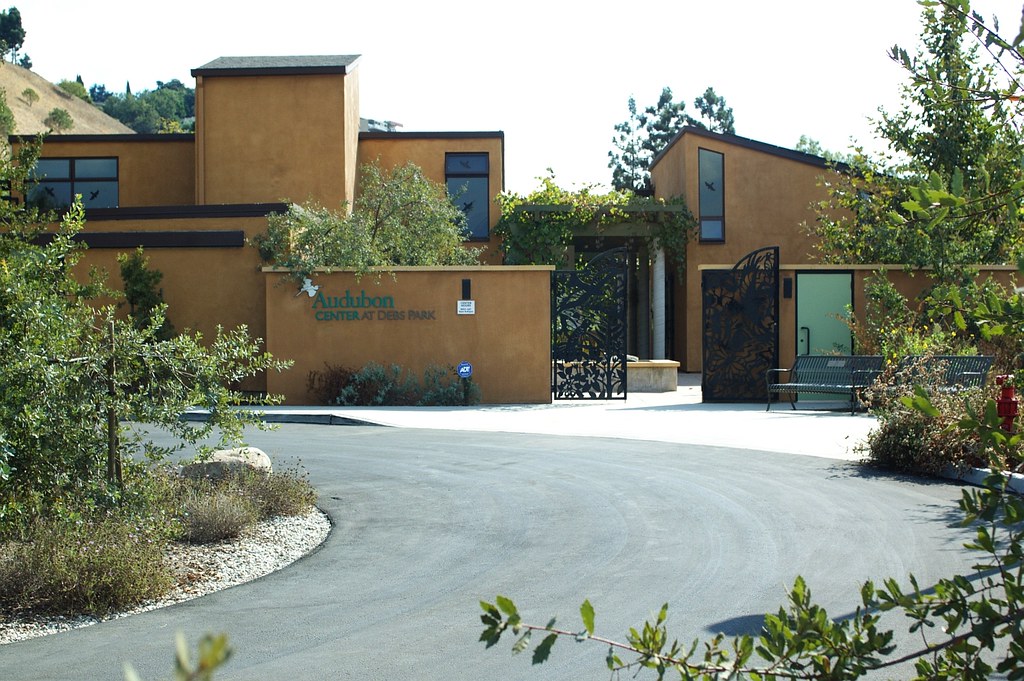
The Audubon Center at Debs Park is a natural jewel in the heart of Los Angeles with something for everyone! We are a community hub located in Montecito Heights, less than 5 miles from Downtown LA. Nestled within the 282-acre Ernest E. Debs Regional Park, the Center has inspired a love of nature in over a quarter of a million residents of Los Angeles. The park is home to over 140 species of birds, including American Kestrels, Great-horned Owls, Northern Flickers and Yellow-rumped Warblers.
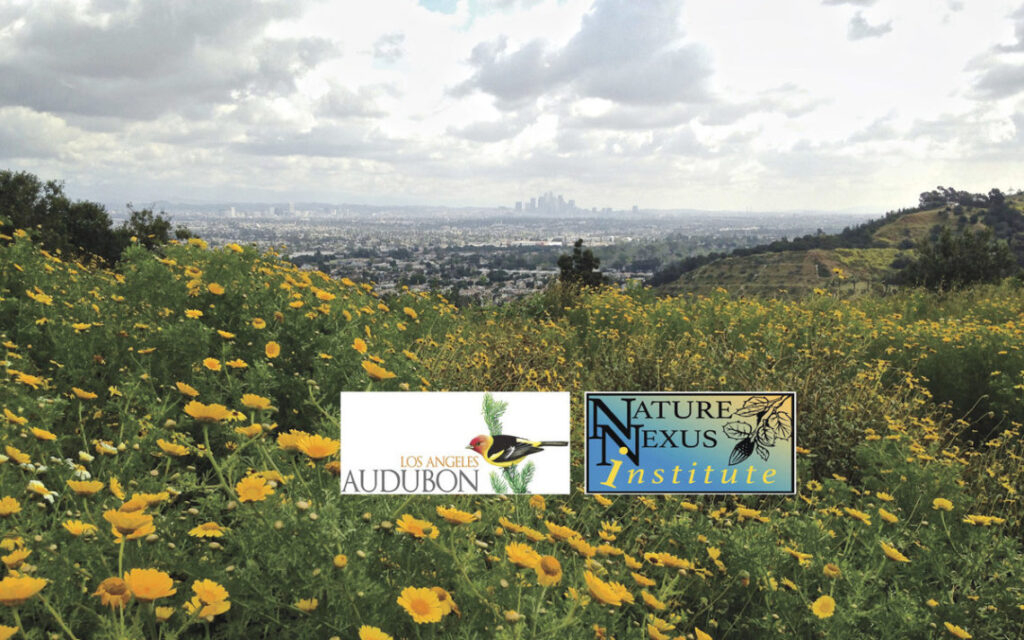
PLEASE KEEP IN MIND
There is free parking available in our lot onsite, however spots fill up quickly. If the lot is full, please park along Griffin Ave. and walk up to the Center. Restrooms and a drinking fountain are available onsite. The Center does not sell any water, snacks, or merchandise. Please plan accordingly.
The Audubon Center at Debs Park is open Thursdays to Sundays, 8:00AM to 4:00PM.
Come visit us today! The Center is open to the public Thursday- Sunday from 8am – 4pm and admission is always FREE.
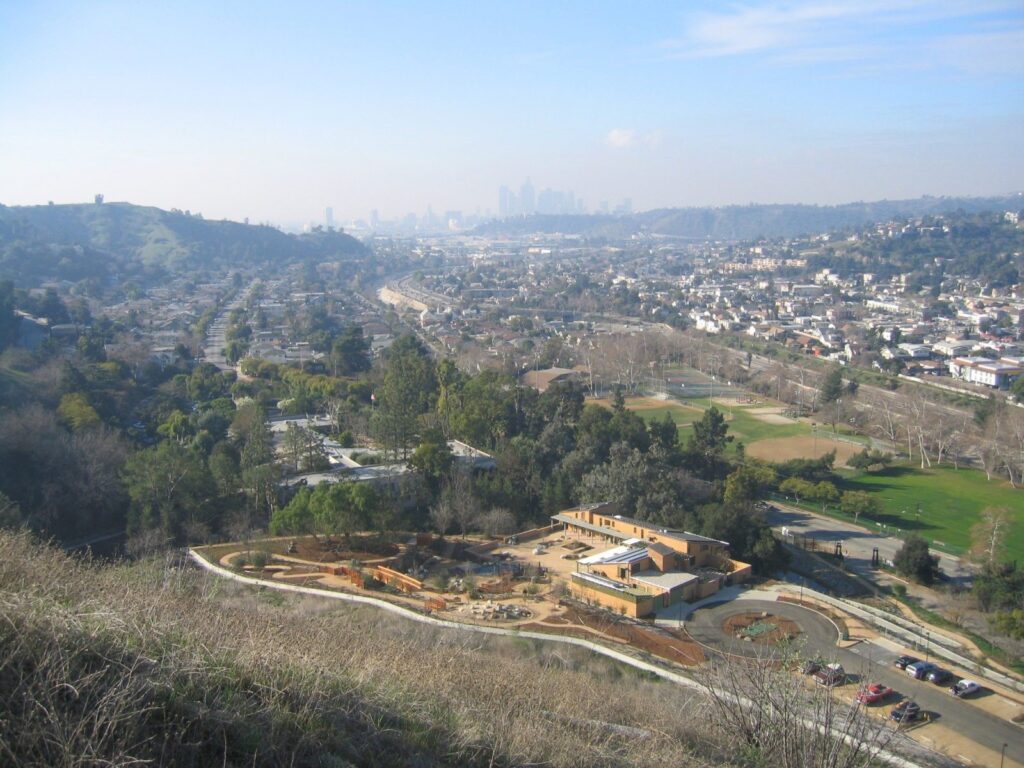
You knew we had to mention architecture right?
The award-winning Audubon Center at Debs Park–the first LEED v2 Platinum building in the United States built by EHDD Architecture –is the first of hundreds of urban nature centers planned by the National Audubon Society.
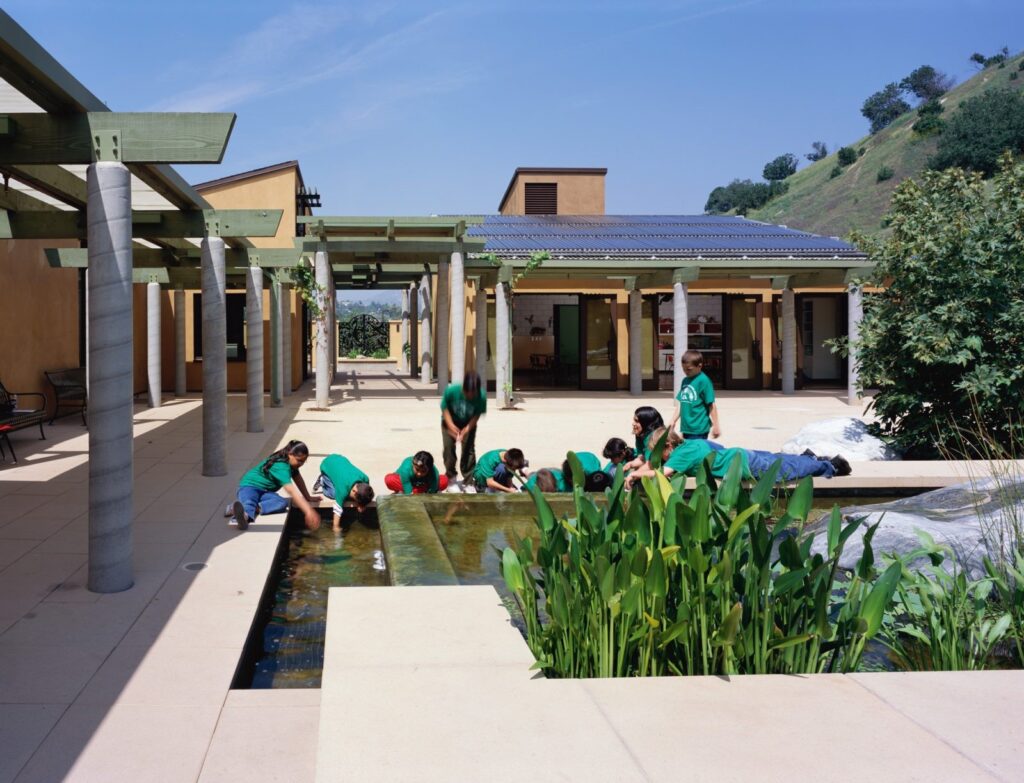
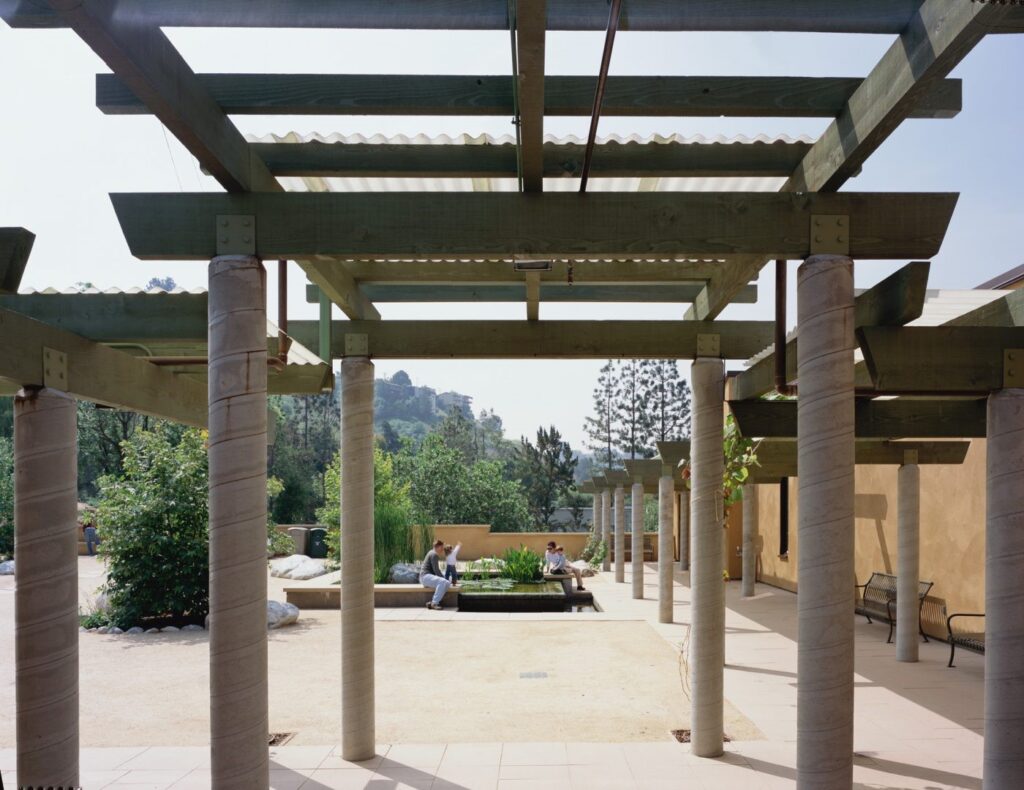
The Center models sustainable systems for professionals as well as the community and provides tools for visitors to understand and enjoy nature. The building complements the landscape, blending into the environment and acting as a staging area for activities in the courtyards, Children’s Garden, and trails. The main courtyard, the heart of the Center, is used for teaching, nature trail orientation, and social events.
Schools in and around Montecito Heights from GreatSchools.org
Find your local public or charter school with the LAUSD Resident School Identifier
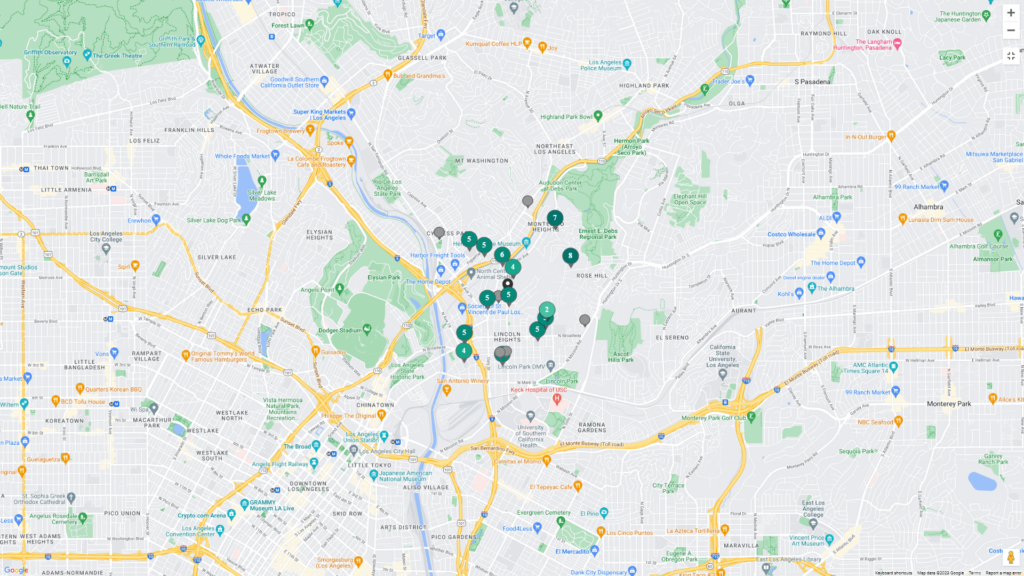
Montecito Heights Art and Shopping
Montecito Heights’ prime location is mostly residential, it is a pleasant ten minute drive from downtown Los Angeles. This not only adds hours of free time to the waking life of any former commuter, it also makes for fabulous and convenient sightseeing, whether entertaining one’s guests or oneself.
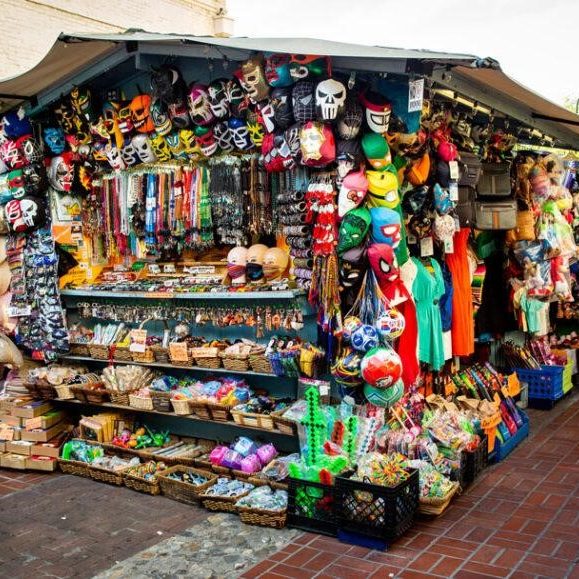
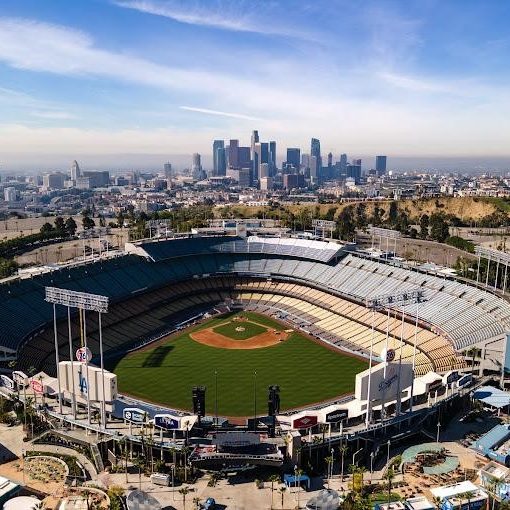
Montecito Heights’ prime location is mostly residential, it is a pleasant ten minute drive from downtown Los Angeles. This not only adds hours of free time to the waking life of any former commuter, it also makes for fabulous and convenient sightseeing, whether entertaining one’s guests or oneself.
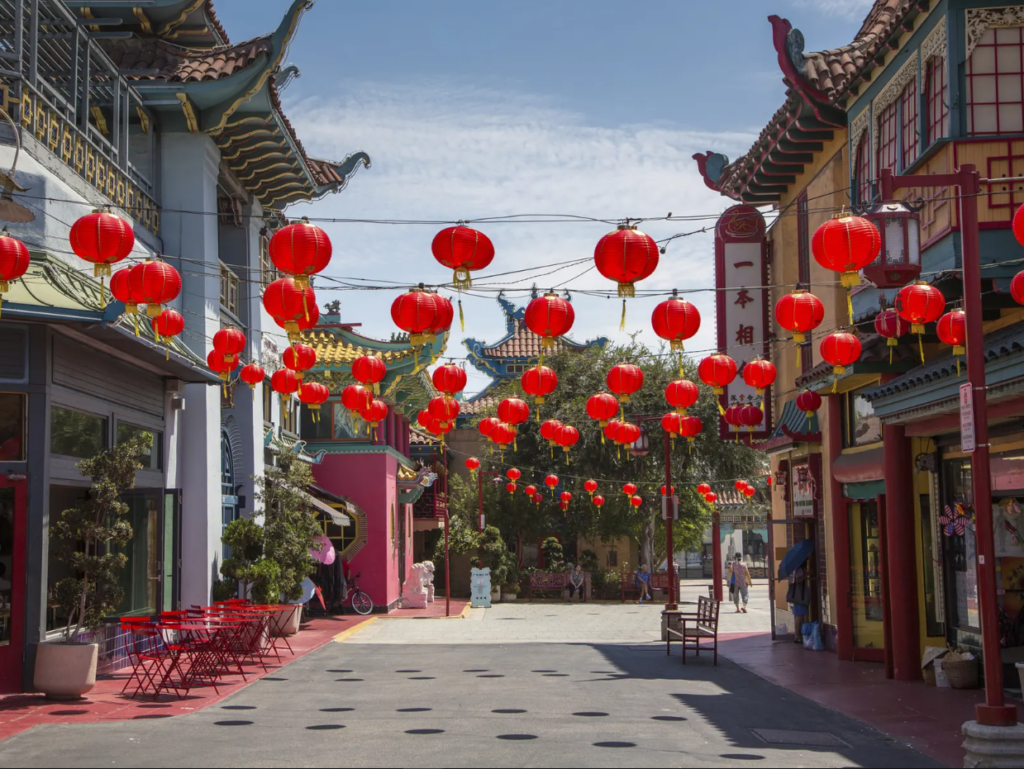
Montecito Heights History
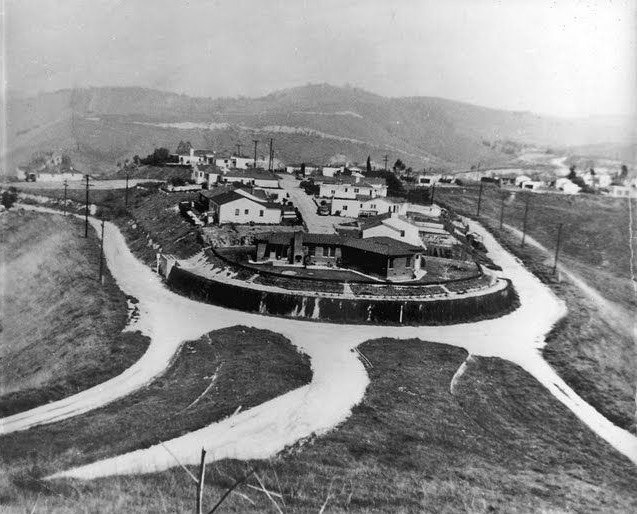
Montecito Heights itself began as a development in 1910. The developers envisioned the planned and affluent suburb they named Montecito Hills as groups of gracious houses placed on large lots surrounding a magnificent hilltop hotel. The company went bankrupt along with the rest of the country in 1929, and the hotel was never built. But many Montecito Heights residents still enjoy the legacy of the developers’ vision, and delight in their spacious oversized lots, a rare luxury in any large city. Others have profited by becoming micro-developers and building second houses on their large tracts.
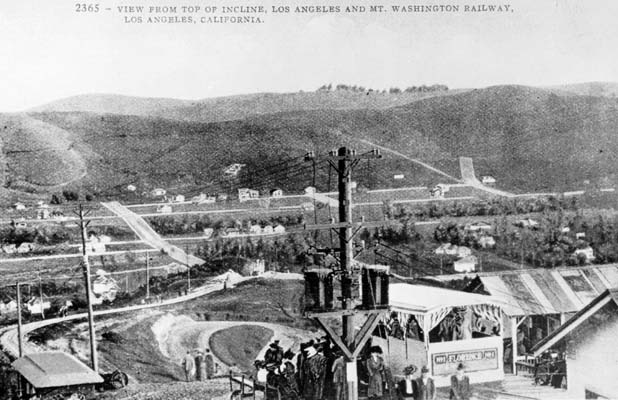
Montecito Heights residents still enjoy the legacy of the developers’ vision. With oversized lots, they have profited by becoming micro-developers and building second houses or ADUs. Located between Los Angeles and Pasadena, Montecito Heights overlooks our nation’s first freeway and the Arroyo Seco River. History thrives through huge tracts of open wilderness areas, historic homes, and breathtaking views!
Built during the Great Depression, the construction of the Arroyo Seco Parkway put a lot of people to work, opening for travel on December 30, 1940. The 8.2 mile stretch of road cost approximately $6 million to build, paving the way for the rest of Los Angeles’ expansive freeway system.
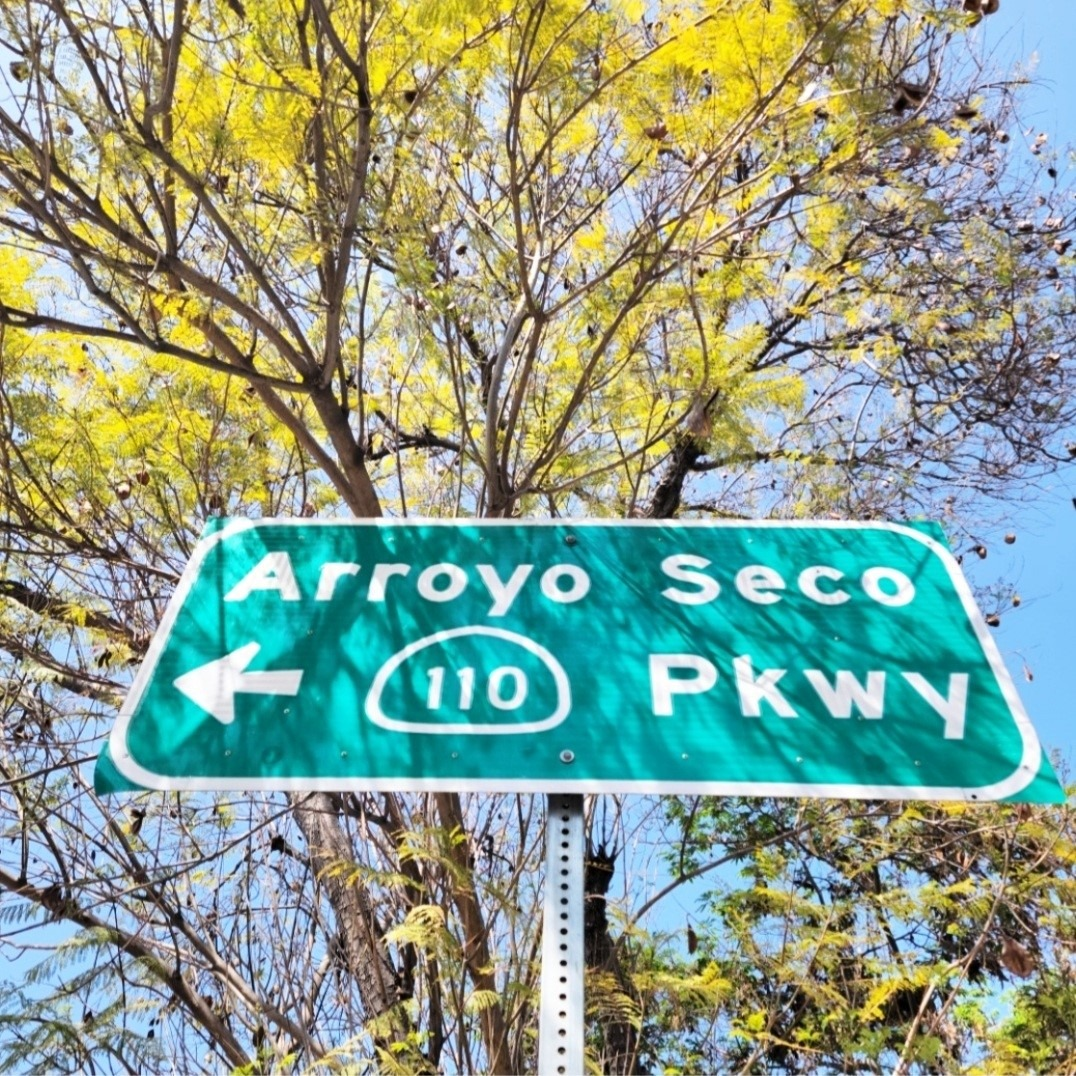
“Arroyo Seco” means dry riverbed, Pasadena’s seasonal gulch was, in fact, nature’s own freeway back in the days of wagon trains. During the warmer and dryer months, it would provide a shortcut for wagons between Pasadena and Los Angeles to the Southwest. The Arroyo Seco Parkway or “Pasadena Freeway” was created to run parallel with it.
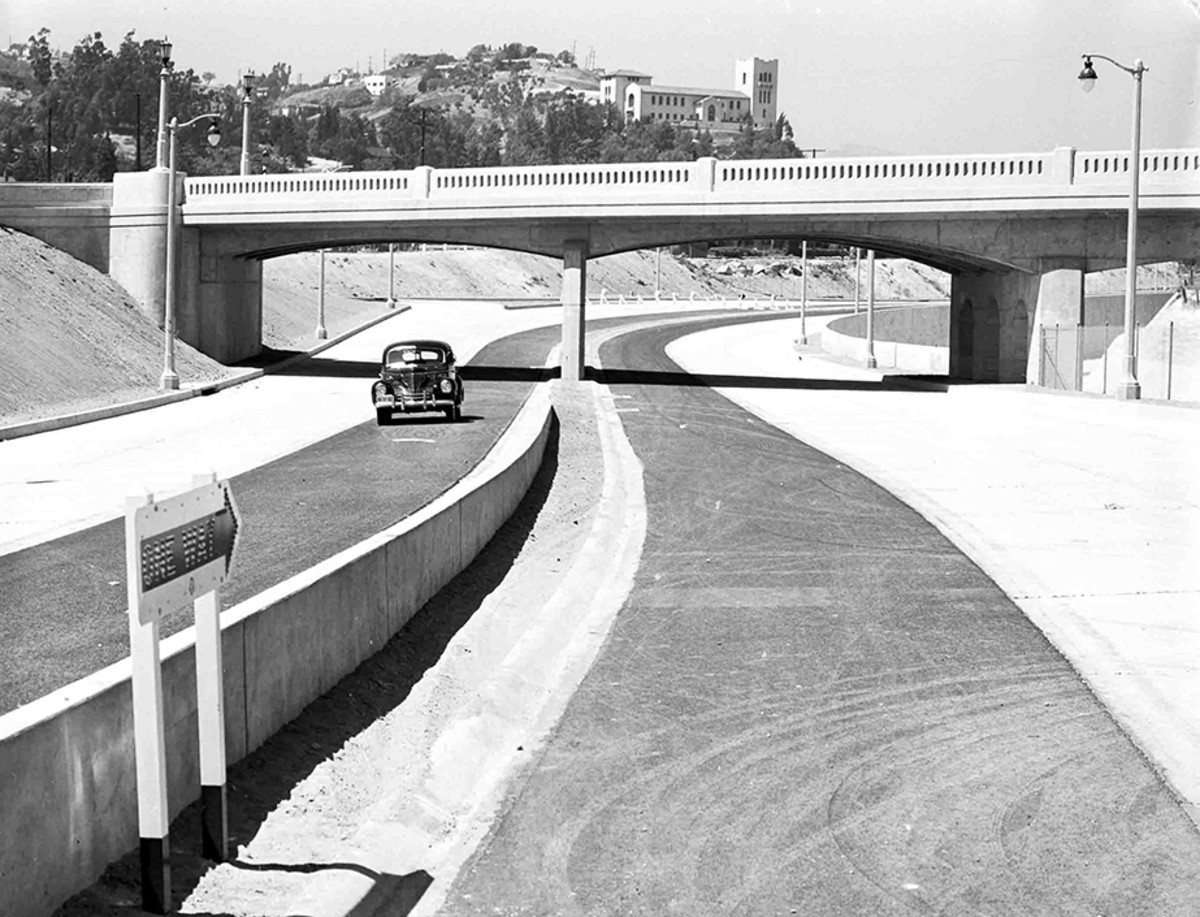
ITS ALL ABOUT LOCATION
Montecito Heights Real Estate
Montecito Heights, in the renowned Northeast portion of Los Angeles, borders the celebrated Arroyo Seco River (our westernmost boundary) and stretches up the lovely eastern hills behind the magnificent Heritage Square Victorian houses you can see from the 110 freeway at Avenue 43.
Our community is bounded by the Arroyo Seco River on its west, Avenue 35 to the south, and includes the vast virgin arroyo wilderness lands of Ernest E. Debs Park. Our northeastern border touches the charming community of Hermon. Our easterly border adjoins the Monterey Hills community at Monterey Road. Our good neighbors to the west include Mt. Washington and Highland Park.
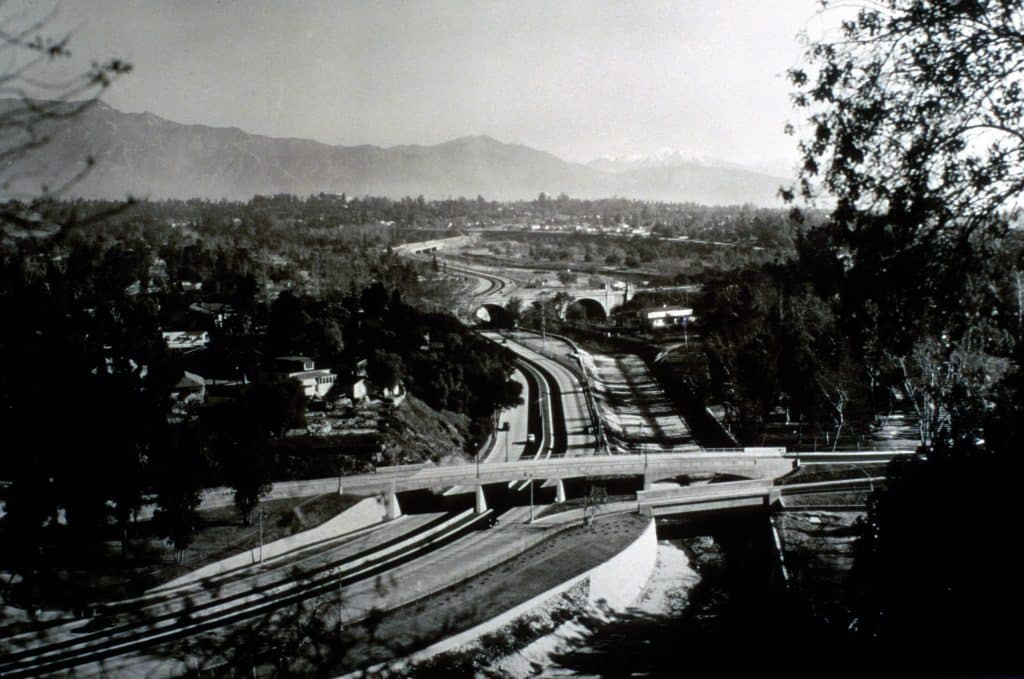
The residential architectural roots began with the adventurous spirit of those who first built on the hillside terrains during the turn of the century. From Victorian farmhouses to early Craftsman homes to modern homes, including Spanish colonial revival, English Tudor, and smaller bungalows.
The word “bungalow” derives from the Hindustani word “bangala,” meaning “belonging to Bengal.” Bungalow houses were first constructed in Bengal, India, in the mid-nineteenth century. Craftsman bungalow describes classic bungalows. These homes feature street-facing gables, shingled roofs, and wide overhanging eaves.
These homes are often painted or stained brown or dark green to blend with nature. These homes were so popular for a time that many cities have what is called a “Bungalow Belt” of homes built in the 1920s. These neighborhoods were often clustered along streetcar lines as they extended into the suburbs.
The median sales price for single-family homes sold from September 2022 to September 2023 is $896,114. The lowest-priced home ranged from $460,000 to $1.49mil, with a medium average of $637 per sq ft sold. Of the 30 listings sold, the average time on the market was 42 days with the medium days being 14.
There are 5 active listings for single-family homes in Montecito Heights which range from just under $700k upwards to $1.5mil.
A handful of houses for sale in Montecito Heights have incredible views of the Arroyo Seco, DTLA the San Gabriel Valley, and, on the clearest day, even the ocean. Montecito Heights and indeed all of Northeast Los Angeles are part of the Eastside but the Arroyo Seco location gives the Hermon, Mount Washington vibe versus Boyle or Lincoln Heights.
Montecito Heights Eateries & Nightlife
Montecito Heights Eats and Drinks – Montecito Heights is mainly residential or natural open space. A night on the town usually means a short drive or entertaining from home.
A couple of the gems that we love are a stone’s throw away in the 90031.
Secret Pizza L.A.
A slice of cheese pizza at Secret Pizza. Sean Lango, a New Jersey transplant who moved to Los Angeles in 2019, began selling pizzas from his apartment via Instagram in September 2020. He had no previous professional cooking experience, but he had tinkered with pizza-making in his home kitchen before arriving in California. He tapped into an immediate audience for what he broadly labeled “East Coast-style pizza” — thin, 18-inch pies with pliable crusts, over which tomato sauce and a blend of mozzarella and pecorino Romano baked into a beautiful mottle.
3501 Monterey Rd, Los Angeles, CA 90032
https://secretpizzala.com/
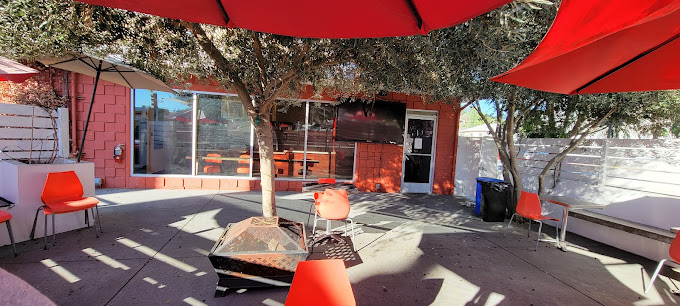
In July, Lango moved his business into a small space in Montecito Heights that has previously housed pizzerias and a wing shop. Customers continue to book time slots for weekend pickups through Instagram links. Automated text reminders make it clear that Lango urges you to be on time. Upon arrival you understand why: He remains a one-man show, and though he lifts his head from stretching dough or ladling sauce to offer a friendly hello, he otherwise needs to stay in motion.
In the sweep of regional and subregional styles now available to us, it can be easy to discount the pleasure of a generous, floppy slice from an evenly tanned disc — the ubiquitous image of “pizza” that many Americans held in their minds for decades.
Lango’s feats of engineering remind you of the inherent greatness of what I’ll go ahead and call a New York slice: The negotiation of folding the thing in two as you tilt your head to catch the first bite before the ingredients begin sliding off. The surface is neither too weepy nor too brittle. The textures feel alive and mutable as they cool. Pecorino adds salty, almost mysterious oomph to the sweet union of tomato and mozzarella. The topping options are basic by design: I like half pepperoni and half fresh mushroom, or maybe half with extra cheese.
The pie is too spectacular to let steam for long in a box. There are scattered tables and chairs set up in a default patio space in front of Lango’s glassed-in kitchen. I want to plonk down the moment I have my prize in hand. Other people usually have the same idea. We’re an absorbed, happy lot.
https://secretpizzala.com/
MAZAL
An Israeli-inspired restaurant serving authentic and light Mediterranean cuisine.
Founded by Los Angeles native Tal Zaiet, Mazal is a project supported by his sister Neev, and parents Hanni and Davis. Davis and Tal hand-built the entire restaurant – inside and out – from scratch, and the menu is a collection of Hanni’s original recipes.
110 N. San Fernando Rd. Los Angeles, CA 90031
https://mazal.la/
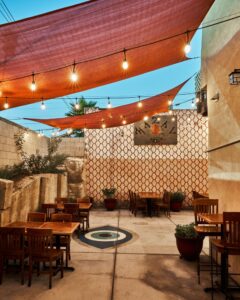
110 N. San Fernando Rd. Los Angeles, CA 90031
https://mazal.la/
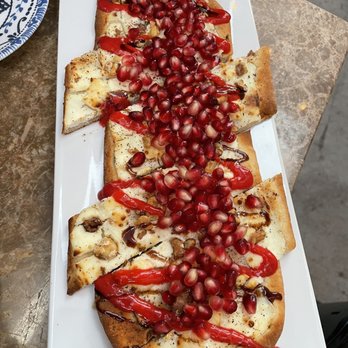
Montecito Heights Historical Fun Facts
In the thirties, evangelist Aimee Semple McPherson fell in love with a large tract of land in Montecito Heights that is still owned by her Four Square Gospel Church. William Lees Judson, a prominent English painter, settled in the Montecito Heights area in 1893. There, along the banks of the Arroyo Seco, he founded the first school of fine art in Southern California, the Los Angeles College of Fine Arts. In 1901, the College of Fine Arts joined the University of Southern California and erected a building designed by Judson. The school and its founder attracted many artists and became known as the bohemian arts colony of the Arroyo Seco. The Judson Studios building also served as the guild hall for the Arroyo Guild of Fellow Craftsman, a group of artisans and craftspersons inspired by Judson and George Wharton James. In October 1909, influenced by William Morris, the Stickley brothers and the Roycroft community, James published the “Arroyo Craftsman” through the Arroyo Guild Press. The Craftsman aesthetic immediately enjoyed enormous esteem, popularized the budding Arts and Crafts movement of the 1920s, and advanced the American Bungalow architectural style, which is still highly revered.
- 1864 “The Great Drought”, with plagues of locusts and desert sandstorms, plus Smallpox and Typhoid epidemics completely decimated the region’s productivity. The era of the great Californio cattle ranchos dramatically ends. Land values plummet to 10¢ an acre.
- 1869 First Bicycle. First Baseball game. Last Bull Ring closes, as bullfighting is outlawed.
- 1875 Viniculture, by default, becomes major industry and main export of area.
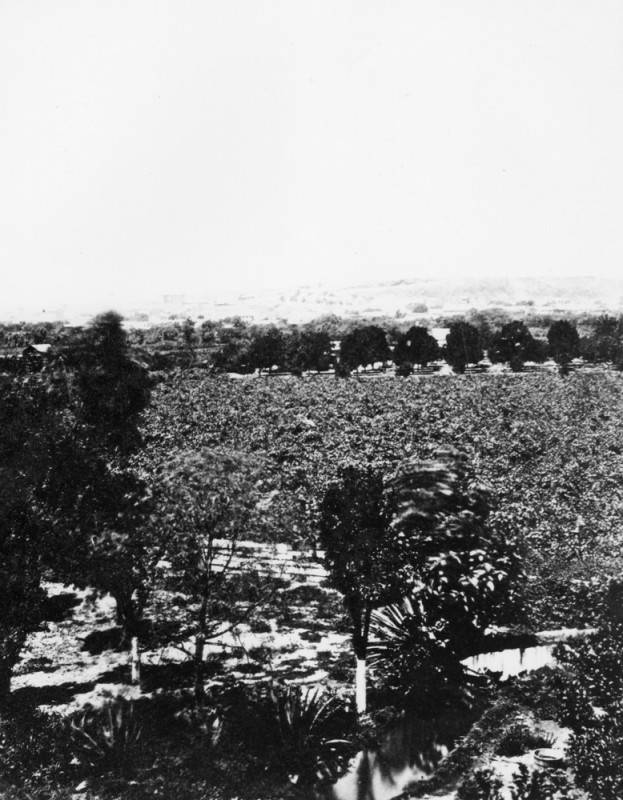
The image above ( Courtesy of Tessa The Digital Collection of the Los Angeles Public Library)
Is of a view overlooking an orchard and vineyard northeast of downtown Los Angeles looking toward the west in 1875. The large building on the horizon is Los Angeles High School when it was at Broadway, Temple and New High Streets. Bunker Hill is in the background.
- 1882 First telephones in the area.
- 1887 Real estate boom. Property values multiply five times. Avocado trees introduced.
- 1908 First movie studio (open air) is located near Sycamore Grove Park. The term “lot” as a synonym for “studio” came from the early practice of renting open space for film shoots. The first feature film “The Count of Monte Cristo”, directed by Francis Boggs, was finished here for William Selig. At one point seven different film companies were shooting here, but all moved to Hollywood by 1913.
- 1910 A Mount Washington sign composed of giant freestanding letters (13 years before Hollywood’s) stood atop the roof of the new reservoir building. The long shed-like structure was built as protection from local kids who were only too eager to swim in water pumped from the natural spring down at Avenue 41 and Pasadena Avenue. Sign and building are gone but the spring is still providing water.
- 1916 First electric power lines.
- 1927 Infamous ax-murder on Flat Top Hill doesn’t preclude this spot from becoming the local “lover’s lane” later in the 1930’s.
- 1942 First acute attacks of air pollution, called “a darkness at noon”. In 1943 it was renamed smog.

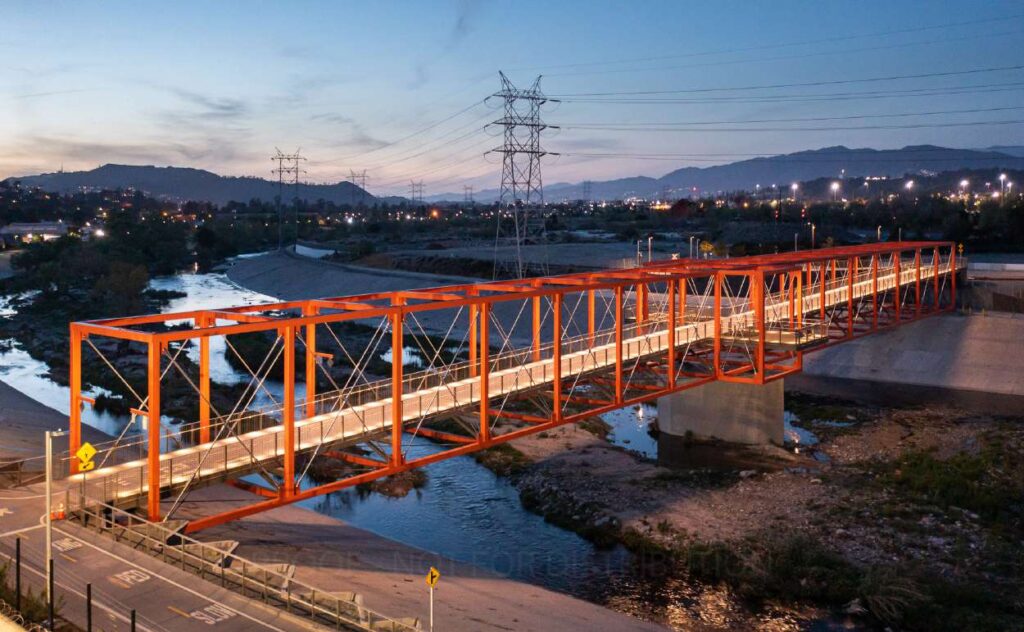
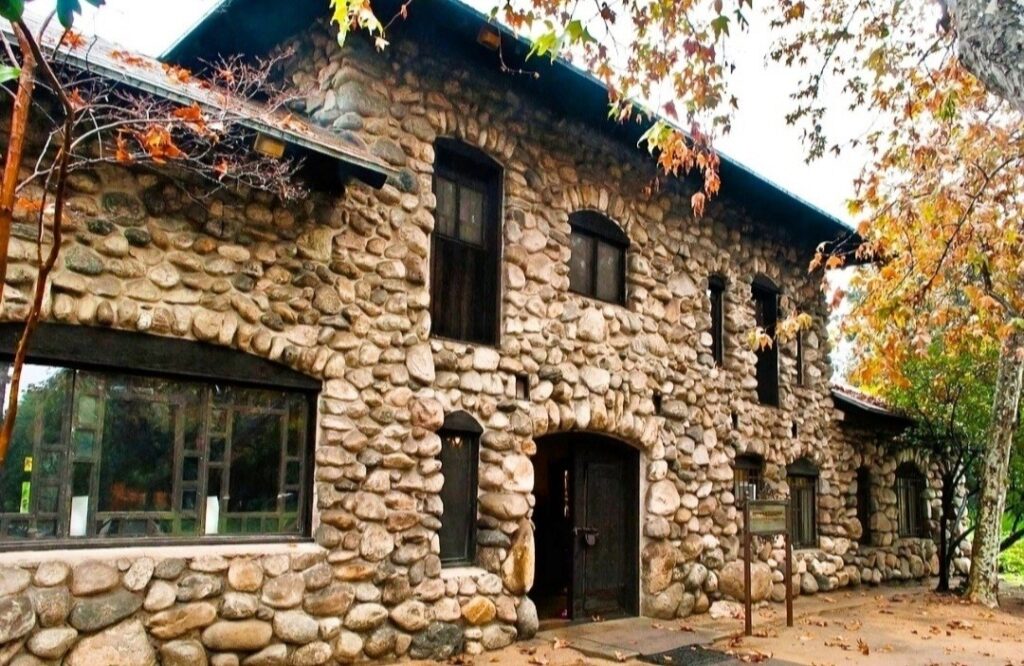
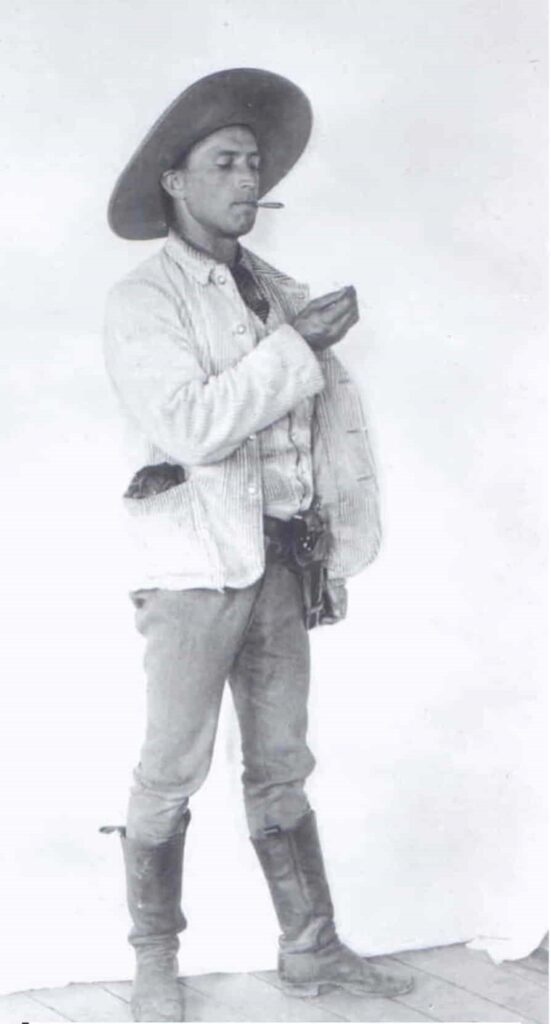
Montecito Heights, due to its spectacular beauty and incredibly convenient location, has attracted creative and artistic Angelenos since the turn of the century. Eccentric journalist Charles Lummis traveled cross-country on foot from Cincinnati until he found his ideal spot — bordering the Arroyo Seco River at Montecito Heights. There, he used his own hands to build his dream house from local river rock and called it El Alisal, Spanish for the giant sycamore growing beside the house. The site is now commonly referred to as “The Lummis Home”. Charles Lummis founded the Southwest Museum, opened to the public in 1914.
The Lummis House “El Alisal” is a rustic stone house built by the late Charles Fletcher Lummis, who purchased the property between 1895 and 1897 and built it by hand from the local river rocks, and old railroad telegraph poles used as ceiling support some thirteen years later. The 4,000 sq ft home is located on the edge of the Arroyo Seco in NELA. The home has been described as one part medieval, one part castle, with a measure of California Rancho and a dash of Native American Pueblo. Now that’s an architectural martini!
Lummis was an explorer, photographer, archeologist, writer, and founder of The Southwest Museum of The American Indian. and considered Los Angeles’s first multiculturalist. He hosted many parties, and some of his more notable guests were Clarence Darrow, Will Rogers, and John Muir.
Montecito Heights Architecture and Real Estate
From quaint bungalows to, remodeled 1910 craftsman’s, Montecito Heights and its real estate, is known for beautiful and often expansive homes. Many homes are built in height with second-level balconies and patios because with the opportunity for million-dollar views, who wants to miss them.
With prices increasing just as quickly as neighboring NELA neighborhoods Montecito heights will surely be the place to set roots. Privacy, views, and land opportunities that you cant find anywhere else in LA will no longer be an option in the next couple of years.
Is Montecito Heights Safe?
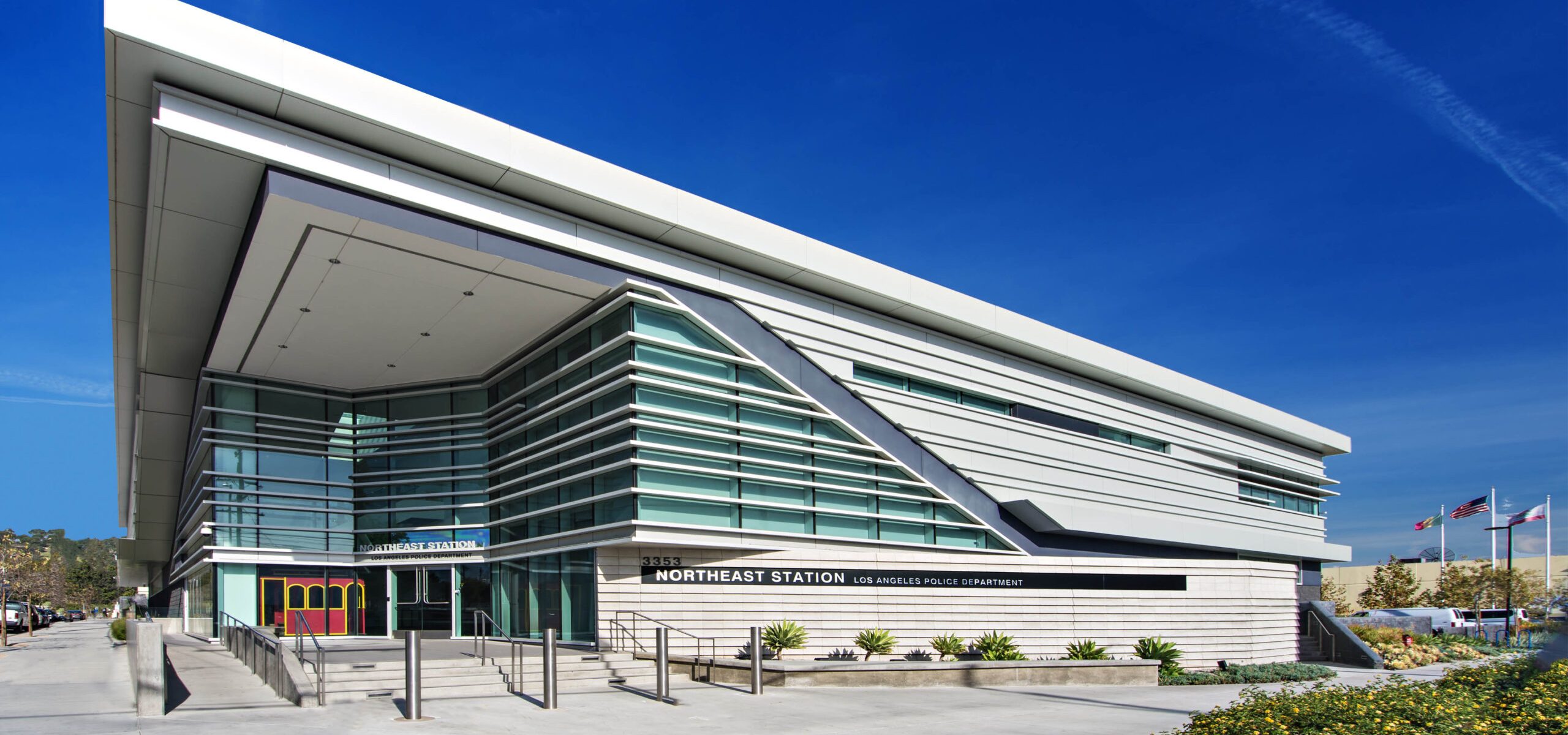
Crime Rates in Montecito Heights
Montecito Heights in terms of crime rate in Los Angeles is one of the safest cities to live in with only 335 total crimes being committed to every 100,000, according to The University of Southern California’s Crosstown project whose data comes from the two largest agencies, the Los Angeles Police Department and the Los Angeles County Sheriff’s Department.
Every metropolitan city with high density carries with it the increase for crime based on the increased population sample.” We, humans, have a hard time comparing things unless we are assisted. And when we don’t have that assistance, we can go to extremes. What is the typical experience? What are the extremes? Of the 88 cities in Los Angeles County 52 of the LA neighborhood’s have a property crime rate between 16-25 people per 1000 residents. The lowest being 9 and the highest being 167. Only 12 of the 88 cities in Los Angeles County have a violent crime rate of 11-15 people per 1000 residents. The lowest being 1 and the highest being 45.
Crime Statistics and Types in Montecito Heights
For a more comprehensive look take a look at the Los Angeles Police Department Crime Mapping site. You can get up-to-date crime statistics for neighborhoods throughout Los Angeles. There were 13 accounts of burglary / theft in September and 4 assaults with no homicides.
Homeless Population in Montecito Heights
According to the Los Angeles Homeless Services Authority LAHSA as of 2022 180 individuals constituted the entire homeless population of Montecito Heights 18,152 population in 2008, based on L.A. Department of City Planning estimates.
In the Service Planning Area Metro 4 where Montecito Heights resides as previously state there were 180 individuals that were homeless and or in vehicles based on the data collected from Los Angeles Homeless Services Authority in 2022. Other major areas such as South L.A (SPA 6) has 14,598 the San Fernando Valley (SPA 2) 9,829 and the lowest region is the Antelope Valley with 4,598. The range falls between the highest being the South Los Angeles Service Area at 1.38% and the lowest being the San Gabriel Valley at .28%. Echo Park / Service Planning area 4 is at 1.23%.
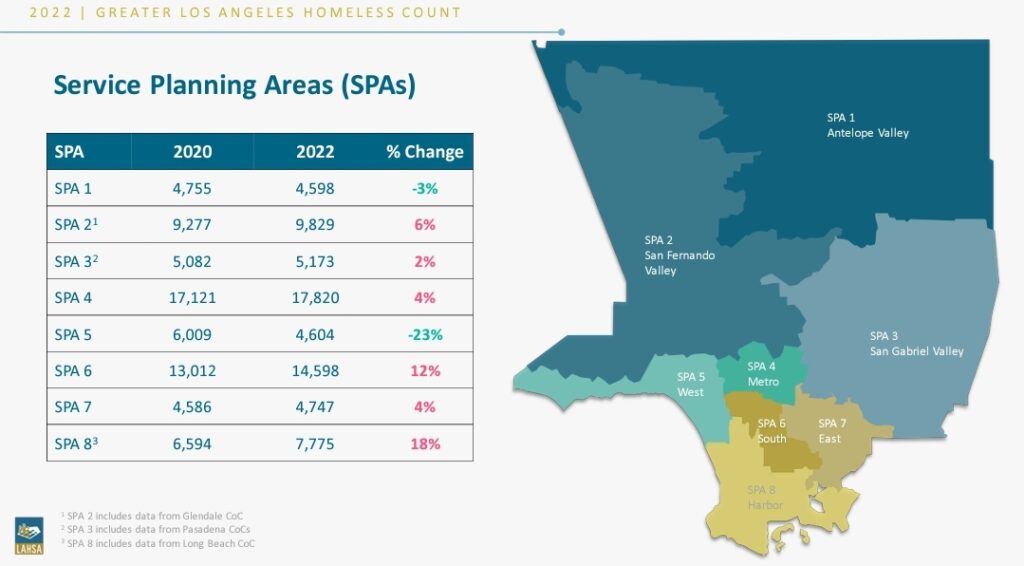
Homelessness and Housing Challenges
It’s impossible to discuss crime in Los Angeles without considering the city’s massive unhoused population, which by some measurements is the largest in the nation.
The greater Los Angeles homeless Service Planning Areas (SPA’s) are broken up between eight different regions each with unique challenges to address compassionately and effectively based on the numbers of human beings that they serve. Rehousing L.A is at the forefront of active solutions leading to change. The people on the frontlines of Rehousing L.A’s rehousing system made more than 84,000 housing placements in the past five years. L.A. County is increasing coordination among mainstream systems–foster care, hospitals, jails and prisons–to better prevent homelessness. The focus being on emergency shelter to better rehouse people long term. This fall, we will roll out shared success measures and goals to hold our rehousing system accountable and increase coordination. Our 88 city governments must focus on increasing affordable housing. Each year, more than 21,000 people get rehoused, but more than 80,000 people become homeless. L.A County has increased prevention efforts in our mainstream systems and increasing affordable housing. Since COVID-19, health authorities recommended against moving encampments, resulting in 17% more visible tents, vehicles, and makeshift shelters–with fewer people in them. Since the count, there’s been a record number of actions to help move people inside. (LAHSA)
Neighborhood Council and Community Engagement
The Echo Park Neighborhood Council is a publicly funded and elected group of individuals who live, work, own property, or otherwise have a connection to Echo Park. They address issues and engage in initiatives affecting the neighborhood as a whole, as well as in each of its six districts. The EPNC connects residents on a local level with their city government and aims to address issues of safety, development, and quality of life with those who live and work around us.
The Echo Park Neighborhood Council’s Homelessness & Housing Committee (HHC) mission statement is “The EPNC Homelessness & Housing Committee seeks to implement ideas that will benefit our unhoused residents. HHC strives to connect those experiencing homelessness or housing insecurity to resources and to advocate for the effective use of government programs to help address our housing crisis.” They have board members and meet the 1st Tuesday of the month at 7pm.
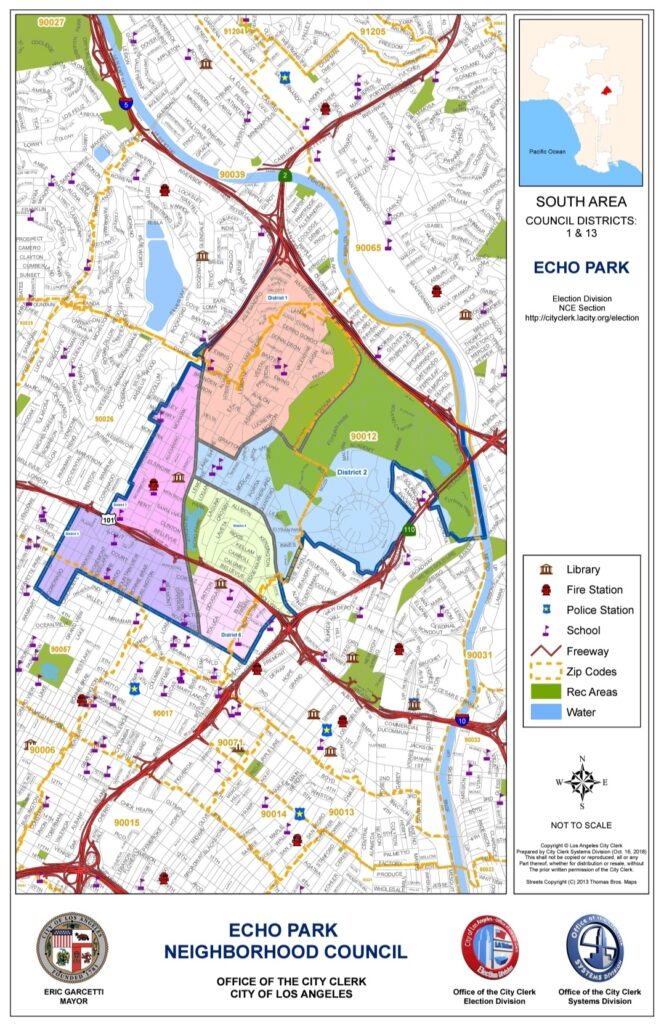
Neighborhood Watch and Crime Prevention
To keep an eye on things in your neighborhood the more modern neighborhood watch is Crime Stoppers. This site is where you can submit a tip, follow up, and collect a cash reward! “The purpose of Los Angeles Regional Crime Stoppers is to prevent and reduce crime, by forming a partnership among the community, law enforcement and the media to offer anonymity and cash rewards to anyone providing information leading to an arrest. Crime Stoppers encourages members of the community to assist local law enforcement agencies in the fight against crime by overcoming the two key elements that inhibit community involvement: fear and apathy.” (Crime Stoppers)
Montecito Heights Local Resources:
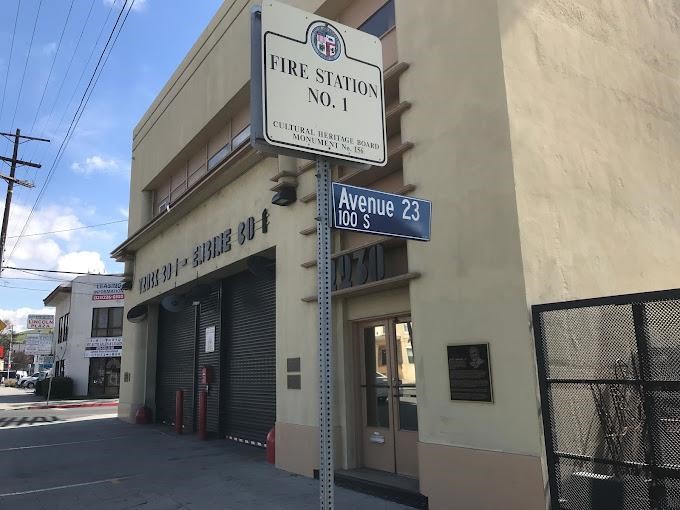
Fire Station 1
- 2230 Pasadena Avenue
- Los Angeles, CA 90031 CA
- Business Tel: 213-485-6201
Hollenbeck Community Police Station
- 2111 E. 1st Street
- Los Angeles, CA 90033
- 323-342-4100 Voice
- 323-224-0125 TDD/TTY
Montecito Heights Neighborhood Council District 1 Staff Contact:
Andrea Magana-Withers
(213) 978-1285
andrea.maganawithers@lacity.org
Pablo Estrada
(818) 374-5033
pablo.estrada@lacity.org
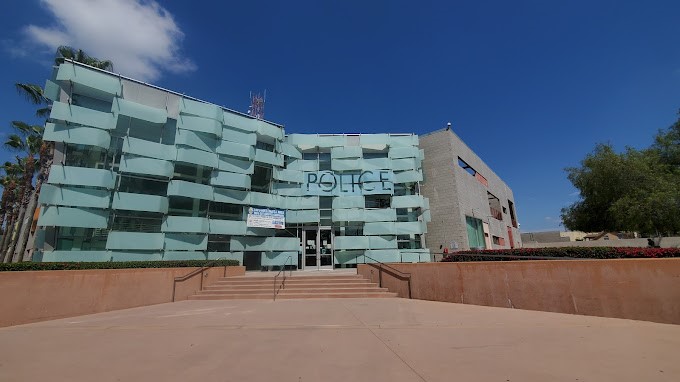
Community Plan Area(s):
Council District 1 runs through core parts of northeast and northwest Los Angeles, covering a diverse range of neighborhoods throughout Los Angeles.
It includes all or parts of 22 L.A. neighborhoods, including: Glassell Park, Cypress Park, Highland Park, Mount Washington, Sycamore Grove, Solano Canyon. Elysian Park, Echo Park, Westlake, Angelino Heights, Temple Beaudry, Chinatown, Forgotten Edge, Lincoln Heights, Montecito Heights, Pico Union, Adams-Normandie, University Park, Victory Heights, Koreatown, Mid Cities, MacArthur Park.
To see whether you live in District 1, check out the map below, or reach out to our office at Councilmember.Hernandez@lacity.org
Health Services of Los Angeles County
- Phone: 211
- Services: Primary care, emergency services for insured, uninsured, low-income, no income
- 211 County Help Line
- For emergency food/shelter, dial 211 and choose option 3
Emergency Senior Meals Response
- Phone: 213-202-5669
Services: Meals for seniors 60+ - Los Angeles County Domestic Violence Safety Plan Hotline
- Phone: 800-799-7233
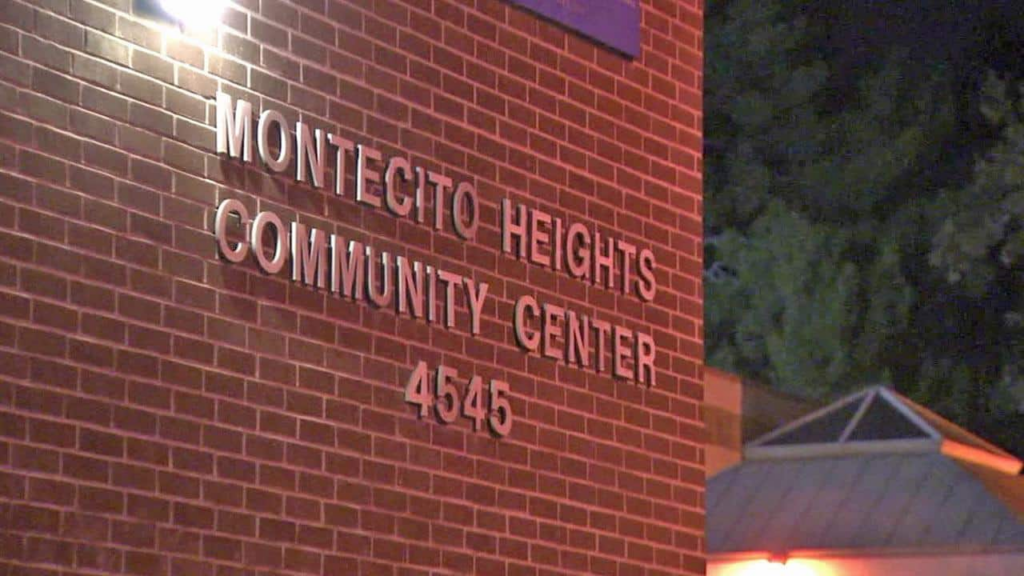
Montecito Heights Community Center
Address: 4545 Homer St. Los Angeles CA 90031
Website: http://www.laparks.org/dos.htm
Hours: Monday through Friday, 9:30am to 10:00pm,
Saturday, 9:00am to 6:00pm Sunday, 10:00am to 5:00pm.
Phones: Service/Intake (213) 485-5148
Home to the Montecito Heights Senior Citizen Center, an auditorium, basketball courts, a children’s play area, an indoor gym, picnic tables, tennis courts, volleyball courts, a weight room, a soccer field, and two baseball diamonds. The department provides recreational programs through operation and maintenance of Los Angeles City parks, playgrounds, swimming pools, golf courses and recreation centers.
Your Next Chapter Starts Here
Senior Guide
Our golden years bring lots of changes.
It’s important to consider the people you invite to be on your support team. Part of that team is a Senior Real Estate Specialist® (SRES®) by your side.
THE SHELHAMER GROUP | DRE: 01950995
Glenn Shelhamer is a licensed real estate broker DRE: 01950995 in the state of California and abides by equal housing opportunity laws. All material presented herein is intended for informational purposes only. Information is compiled from sources deemed reliable but subject to errors, omissions, changes in price, condition, sale, or withdrawal without notice. To reach The Shelhamer Real Estate Group’s office manage please call (310) 913-9477.
© 2023 Shelhamer Group. All rights reserved.

